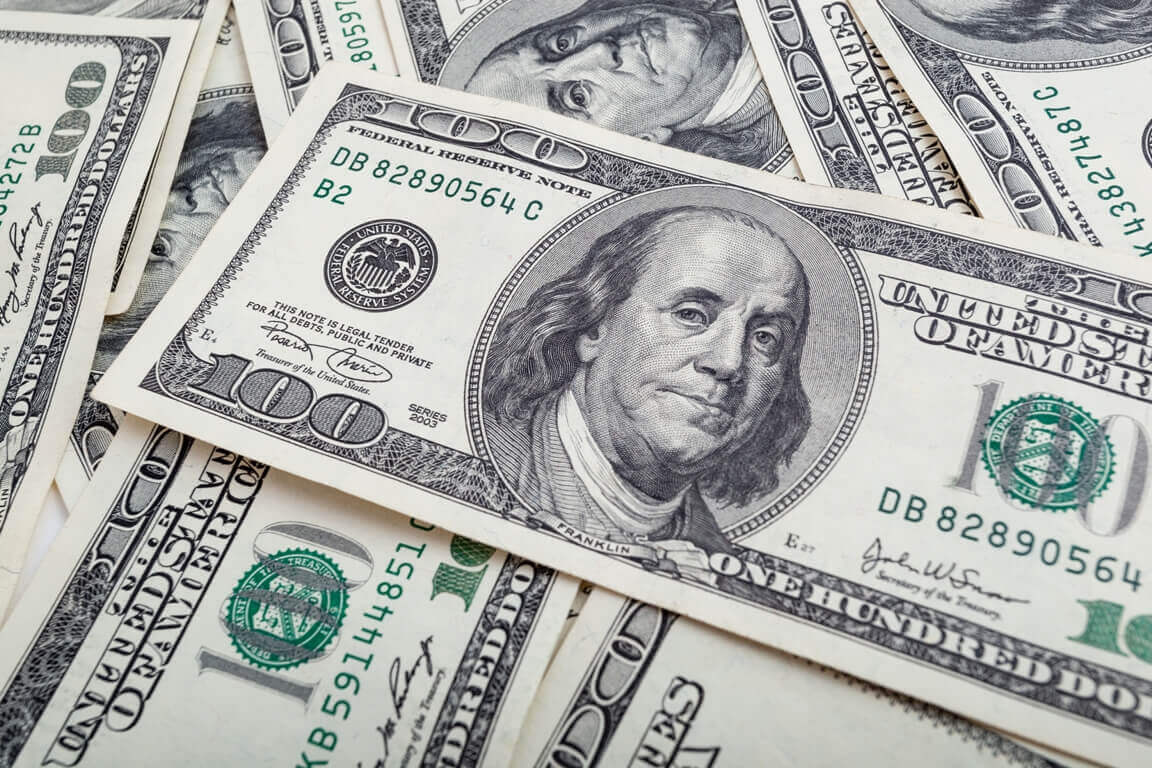The U.S. dollar skyrocketed to a two-decade high against the Japanese yen on Friday. It also kept close to a two-year peak to the euro. More hawkish comments from Federal Reserve officials reinforced traders’ expectations for faster U.S. policy tightening, boosting the currency. As a result, the dollar exchanged hands higher by 0.43% at 126.40 yen after earlier hitting 126.56 for the first time since May 2002.
On the other hand, the common currency tumbled down by 0.14% to $1.0812. It headed back toward the overnight low of $1.0785, a level not reached since April 2020. On Thursday, New York Fed President John Williams announced that a half-point rate hike next month was a very reasonable option. That is a further sign that even more, cautious policymakers agree on faster monetary tightening.
That’s not the case in Europe, though. European Central Bank President Christine Lagarde stated that there was no clear timeframe for when ECB rates would start to increase. She also added that it could be weeks or even several months after the bank winds down its stimulus scheme in the third quarter of 2022.
According to Tim Riddell, a macro strategist at Westpac, Williams spoke openly of the need to move rates above neutral swiftly, further bolstering the dollar. By contrast, the European Central Bank revealed a more dovish reaction function to the inflation news than the Forex market had discounted.
Meanwhile, U.S. Treasury yields resumed their surge overnight after a two-day decline. Their rally further supported the greenback. On Friday, Treasuries did not trade in Tokyo due to the Good Friday market holiday in the United States, as well as other regions, including Hong Kong, Australia, and the U.K.
How is the dollar trading today?
The dollar index jumped by 0.08% to 100.48 on Friday. It is edging back toward the two-year high of 100.78 reached on Thursday. For the week, the greenback has gained 0.64%, while the euro has plummeted by 0.58%. Against the yen, the U.S. currency has soared by 1.71%, heading for a sixth consecutive winning week.
On Tuesday, Japanese Finance Minister Shunichi Suzuki announced that the government is watching yen moves with a sense of urgency while contemplating their impact on the economy. Goldman Sachs analysts also noted that despite repeated verbal intervention during the past few weeks from Japanese policymakers, the USD/JPY pair has continued to increase alongside higher U.S. yields. According to them, the odds of direct forex intervention are rising and should increase significantly once the USD/JPY pair enters the 127-130 range.
Meanwhile, the Australian dollar remained near a three-week low of $0.7392 hit on Wednesday. It exchanged hands lower by 0.2% at $0.7404 on Friday. Emerging market currencies also declined on Thursday as the greenback regained strength ahead of a long weekend. Commodity currencies fell, and Turkey’s lira ended in the red after the central bank stood pat on the policy rate.
The currencies of South Africa, Mexico, Brazil, and Chile decreased between 0.1% and 1.2% as oil and gold prices dropped. Turkey’s lira tumbled down by 0.2% to 14.61. Its central bank decided to hold its policy rate at 14% despite inflation at 61%.
What do analysts think about the Turkish Central bank’s decision?
Natalia Gurushina, the EM fixed income economist at VanEck, noted that the Turkish central bank is frozen. Turkey is among the countries most affected by Russia’s invasion of Ukraine (energy and imports tourism), which makes local assets, especially the currency, vulnerable in the absence of a solid policy framework.
The country’s move follows a series of interest rate increases across emerging markets overnight, including Singapore and Argentina. Moreover, the net assets of EM funds dropped in the first quarter as investors fled riskier assets. The reason was the volatility sparked by the Russia-Ukraine conflict, as well as a rise in U.S. interest rates. But such concerns are further denting sentiment.
A plunge in the euro after the European Central Bank’s decision to move slowly on monetary policy tightening boosted the dollar. But, it also left an index of EM currencies to mark the second week of losses. In Brazil, sources said the authorities plan an across-the-board 5% salary increase for public servants starting in July. The government is attempting to end protests and strikes affecting public services. But this move raises questions about the government breaching the spending cap.











